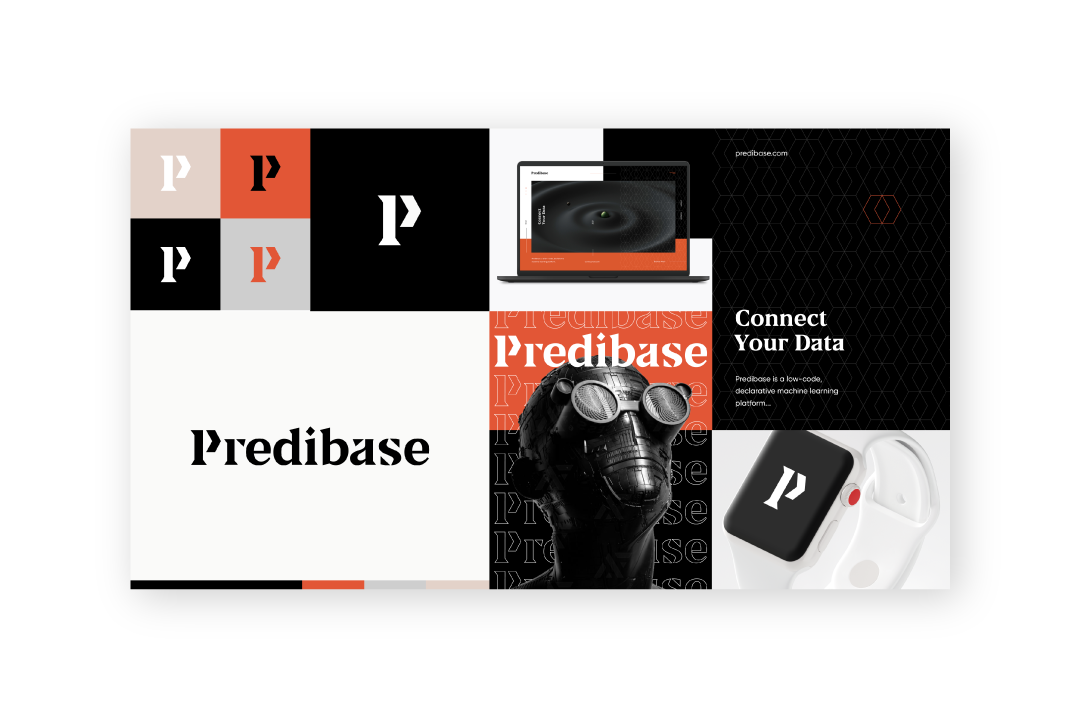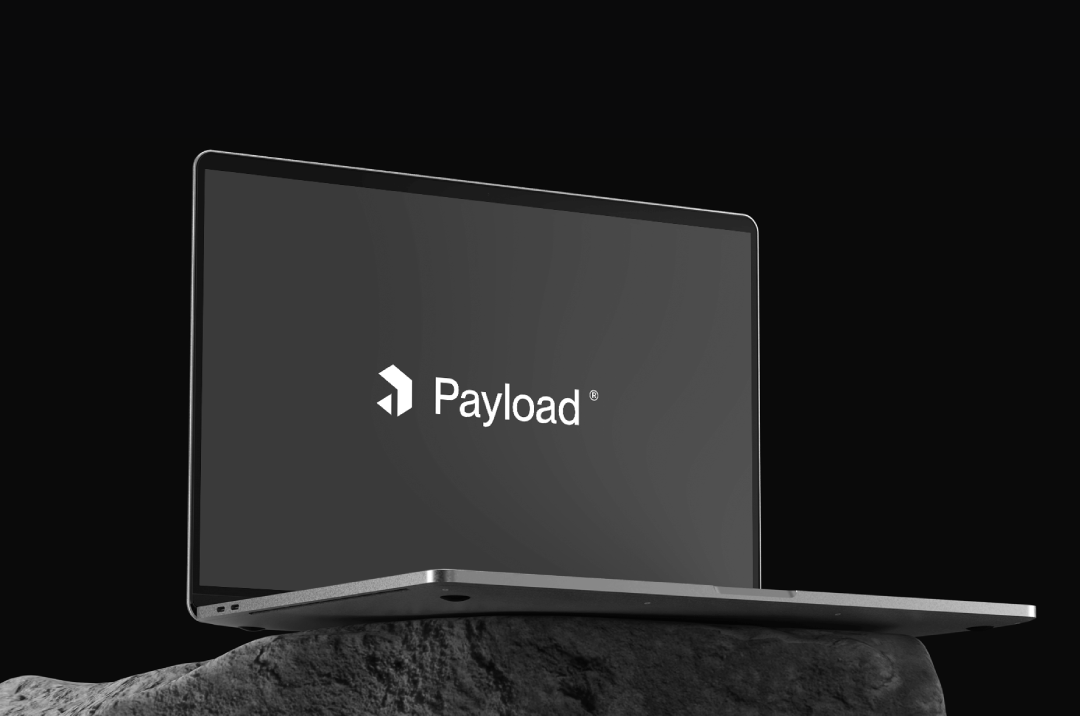Setting the stage for success
Before you dive into creating your stylescape, set the right environment for creative clarity.
Work in an organized, well-lit space free from distractions. A clean workspace helps ideas flow more naturally and keeps you focused on the bigger picture.
You will also need the right tools. Figma, Adobe XD, and Photoshop are ideal for building professional layouts, while Canva and Milanote are great for quick concept boards or initial visual exploration. Choose one design environment and stay consistent to make collaboration smoother as your stylescape evolves.
What is a stylescape (and why it matters)

A stylescape is a strategic visual storyboard that connects your brand strategy to design direction. Think of it as the visual DNA of your brand, a curated composition of imagery, typography, colors, UI components, and tone that communicates who you are before a single pixel is designed.
Unlike a mood board, which loosely gathers inspiration, a stylescape is intentional and strategic. It is a bridge between strategy and execution, helping stakeholders visualize what "on brand" truly looks and feels like.
Benefits of using a stylescape
- Alignment: Keeps teams on the same visual wavelength.
- Clarity: Translates abstract strategy into tangible design direction.
- Efficiency: Reduces revision cycles and subjective feedback.
- Inspiration: Helps teams imagine how a brand can evolve visually.
Explore more inspiration in our collection of the best brand stylescapes ever created.
Step 1: Define your brand foundation
Clarify your brand’s personality and goals
Before you start designing, ground your stylescape in strategy.
Define your brand’s vision, values, and target audience. Ask questions like:
- What emotional response should our brand evoke?
- How do we want to be perceived: bold, human, innovative, reliable?
These answers shape your design direction and prevent visuals from becoming arbitrary.
Translate strategy into design principles.
Next, define a few mood words that capture your brand essence (for example, modern, approachable, dynamic).
From there, establish your core aesthetic pillars:
- Color palette that expresses emotion and energy.
- Typography that defines tone and readability.
- Imagery style, such as photography, illustration, or iconography, that aligns with your brand values.
Step 2: Gather visual inspiration
Curate assets that reflect your direction
Now it’s time to collect visual references that embody your strategy.
Use Pinterest, Behance, and Dribbble to explore styles that align with your brand personality. Gather photos, UI components, patterns, or textures that could inform your design.
Stay intentional
Avoid visual clutter. Aim for 10 to 15 meaningful references that clearly reflect your chosen direction.
Each image should serve a purpose by reinforcing your mission, tone, or message.
When done right, your inspiration board becomes a precursor to your stylescape, not a collage of random aesthetics.
Step 3: Build your composition
Structure for flow and balance
Now the fun begins. Arrange your elements into a cohesive composition that visually tells your brand story.
Start with hierarchy:
- Logo or wordmark
- Key imagery
- Color and typography
- UI samples or graphic treatments
Your stylescape should feel like your brand at a glance: balanced, intentional, and emotionally resonant.
Use the right tools
Professional tools like Figma, Adobe XD, or Photoshop are ideal for crafting precise, high-quality layouts.
Include authentic assets such as real product UI or website screenshots to bring realism and brand context.
Step 4: Present and refine collaboratively
A stylescape is as much a communication tool as a design deliverable.
When presenting, guide stakeholders through the why behind each choice. Connect visuals back to business goals and brand strategy.
Encourage feedback based on alignment and emotional response, not personal taste.
Example: instead of “I don’t like yellow,” reframe as “Does this palette express energy and innovation as intended?”
Treat feedback as part of the creative process. Schedule reviews, document comments, and evolve your stylescape through clear iteration cycles. The best B2B brands treat refinement not as rework but as co-creation.
Iterate collaboratively until there is a clear consensus. This process builds buy-in and helps teams align around a unified vision.
Step 5: Turn your stylescape into a brand system
Once your stylescape is approved, it becomes the blueprint for everything else, from brand guidelines to UI systems and marketing templates.
This transition is where BRIGHTSCOUT thrives. We evolve stylescapes into scalable brand ecosystems, connecting design, product, and marketing into one consistent visual framework that grows with your business.
How to measure your stylescape’s impact
Once your stylescape guides real-world design, track how it performs.
Monitor engagement, consistency, and stakeholder alignment across touchpoints. Use tools like Google Analytics, social media insights, and brand perception surveys to assess progress.
Measuring visual impact helps your team evolve and refine your brand identity with data, not assumptions.
Metrics should inform your ongoing branding strategies. Regular reviews of performance data can highlight areas for improvement, guiding your approach. Brands that adapt their strategies based on metrics often see improved outcomes, ensuring their stylescape remains relevant and effective.
Common mistakes and how to navigate them
Even the most thoughtful stylescapes can go off track if the process loses focus or context. Here are the most common pitfalls and how to overcome them.
Common mistakes to avoid
- Creating a collage instead of a story.
- Overloading the composition with too many visuals.
- Skipping the brand strategy phase.
- Presenting without context or narrative.
A great stylescape is intentional, not decorative. It is storytelling through design.
Identifying common issues
Recognizing potential problems early is crucial in the stylescape creation process. Misalignment with brand identity, inconsistent visuals, or lack of stakeholder buy-in can derail progress. Brands that overlook consistency often confuse their audience, leading to diluted messaging and weaker recognition.
Troubleshooting techniques
Approach challenges proactively.
Host short brainstorming sessions, gather cross-functional input, and conduct design reviews regularly. Teams that build in review checkpoints tend to spot problems early, preventing larger setbacks later.
When to seek professional help
Sometimes, an external perspective can make all the difference.
Partnering with an experienced branding agency like BRIGHTSCOUT can save significant time and resources. Our team brings structured frameworks and creative expertise that help B2B and SaaS companies refine their stylescapes faster and ensure every visual decision aligns with brand strategy.
Conclusion – Design with purpose, not guesswork
Your stylescape journey starts here.
By following these structured steps, you now have a clear framework to transform strategy into visual alignment and storytelling. Keep your process checklist close as a guide for future brand initiatives and creative collaboration.
A stylescape is where vision meets execution. It transforms abstract ideas into a shared visual language that unites your team, strengthens consistency, and inspires your next creative leap.
Ready to turn your brand vision into a living, breathing visual direction? Let’s connect and build a stylescape that moves your brand forward.


.png)
.png)



